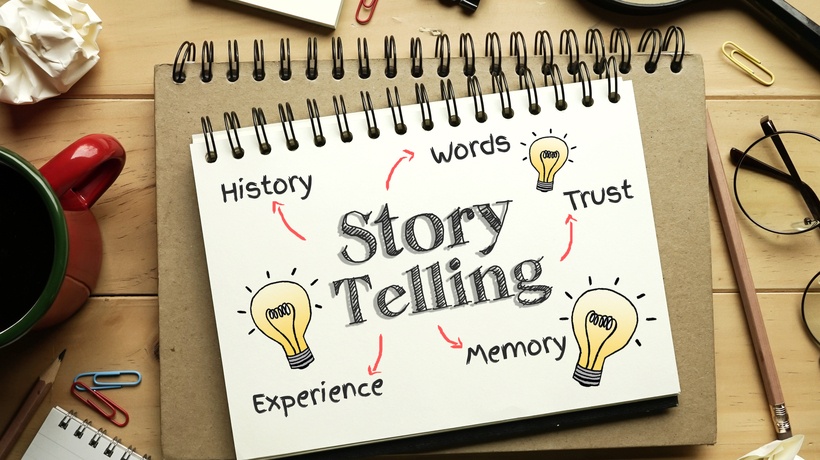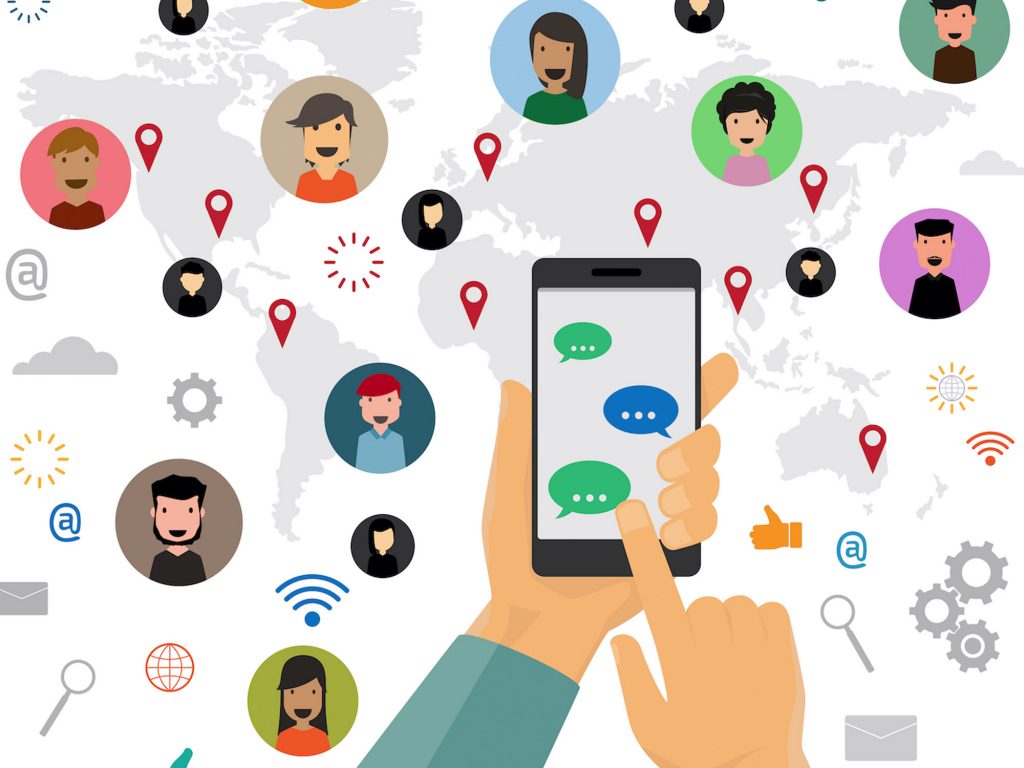
„Have you heard about that super sad ad, that’s about ….“ Probably all of us have been told such stories before. Stories, especially the good ones, are powerful. They stick to one’s mind and they can generate strong feelings and emotions. Stories are about ordinary things or once-in-a-lifetime-experiences, about people or objects – no matter what they’re about, there is one common thing: you will remember them. So, why not use them in marketing?
When we speak about storytelling in marketing, we’re in the area of content marketing – which is, obviously, all about content. If you place any brand or any product within a story, any recipient will connect that brand or product with corresponding values. That’s basically how storytelling in marketing works.
As storytelling is a new, innovative and more and more popular kind of advertising, there have to be perks about it. Very important terms to name are „shares“, „virality“ and „reach“.
When it comes to stories in advertising, one of the most important buzzword is „share“. Good stories (the emphasis is on good), no matter if written or spoken, get shared. That means, if someone tells you something interesting, something crazy or even something shocking, it will stick with you – and you’re likely to retell what you’ve heard, regardless where you’ve heard it. The more often a story gets shared, the better. In addition, there’s one big chance for stories and that is “virality”. When it seems like everybody heard a particular story, it went “viral”. So all in all, the stories that go viral due to shares, have a great reach – and reach is essential in marketing.
There are plenty of different kinds of media used in storytelling. Not only spoken words, letters, radio and TV spots and billboards can tell stories, there are much more. But let’s focus on visual storytelling. Good examples in that field would be videos, printed or online ads and photos. One of the most famous ways to use storytelling in marketing are videos. It seems quite easy to place a product within a video, but it’s hard to create a good story around it. Usually, stories in TV spots are longer than those published in Social Media – nevertheless, both are effective.
Storytelling in social media is about capturing social media users with exciting stories about or around a brand, a product or a company. Social media users can either be your own channel followers or general social media users. In that field, the narrative modes are much more diverse and multi-faceted than in classic, mouth-to-mouth storytelling. One of the main advantages is, that stories can be told via various social media platforms; also transmedial and that through different perspectives.
As mentioned before, one of the main benefits of storytelling is virality and reach. Telling stories through spoken language is one thing, but using social media is a whole different story. The generally fast paced social media platforms can act as boosters for stories, as well-made content gets shared a lot. If content is good (or even controversial) there’s the positive side effect, that recipients respond, like, comment or even share the story. And that is how it spreads.
Of course there are not only upsides and the whole area of storytelling is not that easy. You need be aware of a couple of things. Your story can be extraordinary, but everything in a good measure. It shouldn’t be an artificial story about product features only, but a real story. Stories that are completely fictional and untrue are usually unmasked quickly. And last but not least it should catch up with contemporary trends.
There are some useful tips and tricks for successful storytelling in social media. As good stories reinforce a positive brand image, it’s essential to talk positively about your product, rather than about problems. Due to the fact, that our brain prefers visual stories over written facts, it’s recommended to focus on visuals. Besides that, stories stimulate our imagination; that’s why complicated relations will be understood quickly.
The most important thing is to create a good story. It’s the easiest but also the hardest part. That’s the start and the beginning, the basis of everything. With good stories you can build an image, you can build your brand. It’s all about the story.
A text by Cecilie Etse, Marco Hintermeier, Nina Kleiner, Jennifer Sultanow


